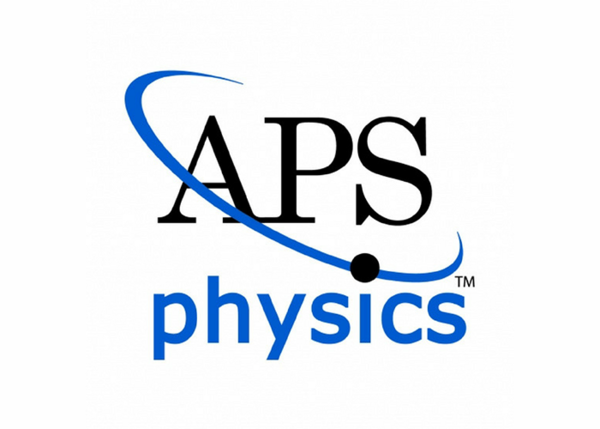
In 1934, Eugene Wigner predicted that, in certain circumstances, a gas of electrons could take on a solid, crystalline phase and form a “lattice,” as long as the concentration of electrons was below a certain critical value. Observing this phenomenon is extremely difficult, due to the fragility of the electrons while in this “Wigner crystal phase.” However, new research has provided direct evidence of the observation of Wigner molecule formation since Wigner’s original hypothesis.
“For the study, our research team used quantum semiconductor nanostructures, also known as artificial atoms, to simulate Wigner’s hypothesis,” said Jim Merz, Frank M. Freimann Professor Emeritus of Electrical Engineering at the University of Notre Dame and co-author of the study. “This allowed us to have more control over the structures and for us to witness the formation of a Wigner crystal.”
In the study published in Physical Review, the research team also demonstrated evidence of the formation of “whispering gallery mode” (WGM) cavities of electrons, or a concave space that allows for electron waves to travel, that are similar to the formation of WGMs for photons in optical cavities or sound waves in rotundas. The researchers used high-spatial-resolution photoluminescence in order to characterize the quantum systems with strong electron correlation.
“The work conducted and the techniques used here could be critical for developing the application of artificial atoms for novel quantum devices, or the next-generation technologies, and for quantum computing,” said Merz. “Structural measurements using atomic force and transmission electron microscopies demonstrated unprecedented control of the density and size distribution of a variety of structures used in our semiconductor system, which allowed us to observe these unique events.”
The study, led by Alexander Mintairov, research professor of electrical engineering at Notre Dame, was funded by the Ministry of Education and Science of the Russian Federation and the Russian Science Foundation. Merz is an affiliated member of NDnano, former vice president of graduate studies and research, and former interim dean of engineering at Notre Dame. Other collaborating organizations are the Ioffe Physico-Technical Institute of the Russian Academy of Sciences, the University Grenoble Alpes, St. Petersburg Academic University, the State University of New York and NT-MDT Spectrum Instruments.
The Center for Nano Science and Technology (NDnano) at the University of Notre Dame promotes collaborative research in science and engineering to address unsolved scientific and technical questions with an aim to promote the greater good. NDnano is where Notre Dame faculty, researchers and students meet to broaden understanding, discuss multidisciplinary research opportunities and shape future research directions. To learn more, visit nano.nd.edu.
Contact: Brandi Klingerman, research communications specialist, Notre Dame Research, 574-631-8183, bklinger@nd.edu; @UNDResearch
Originally published by at research.nd.edu on Oct. 22.